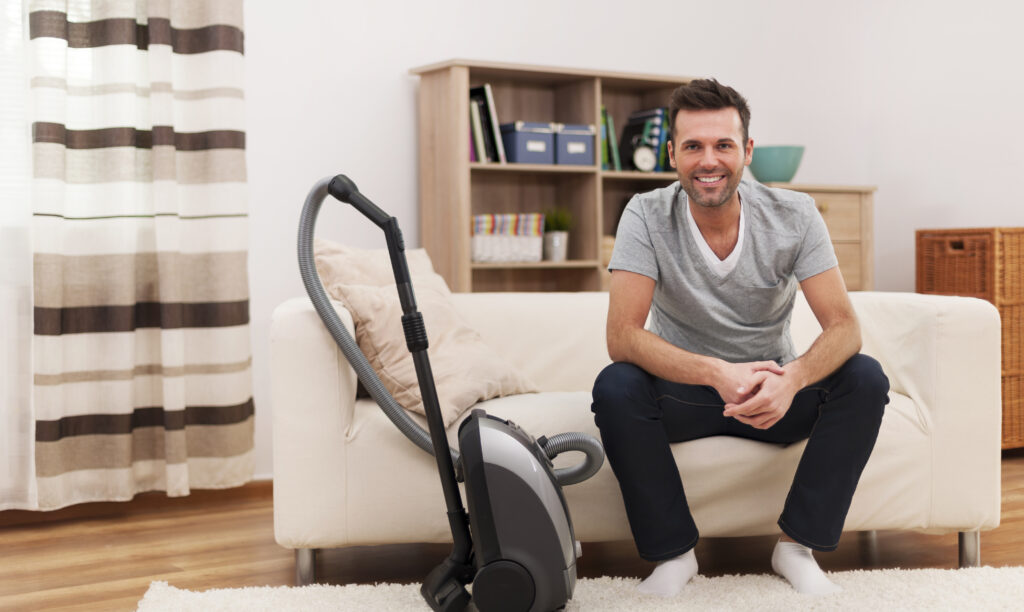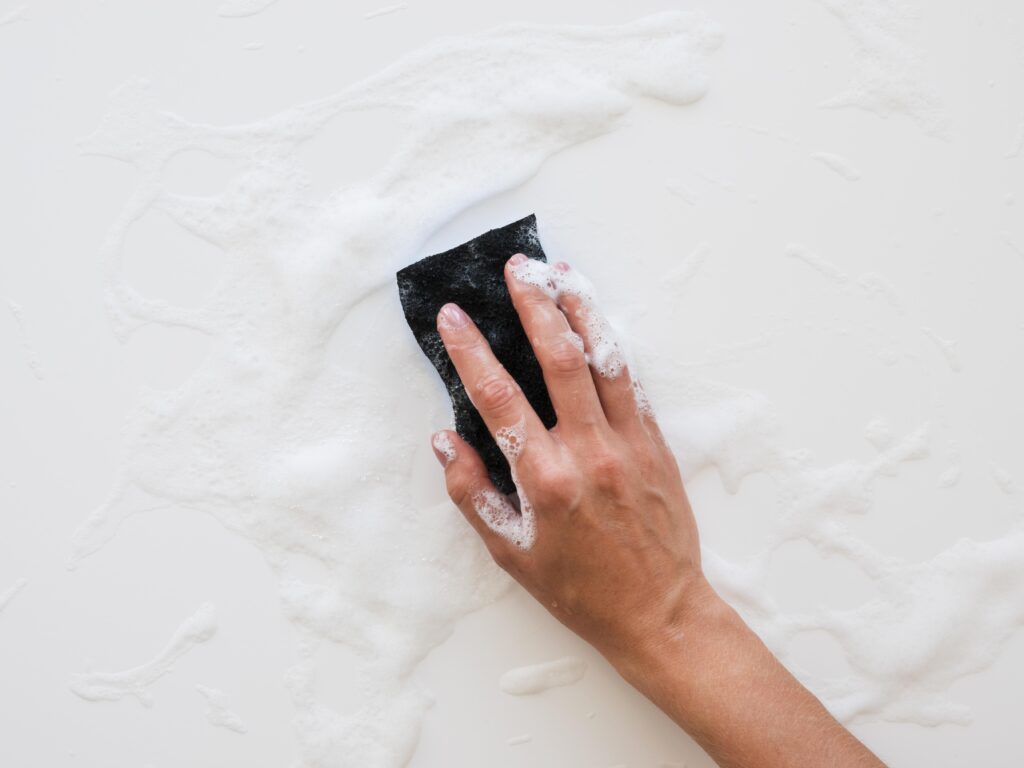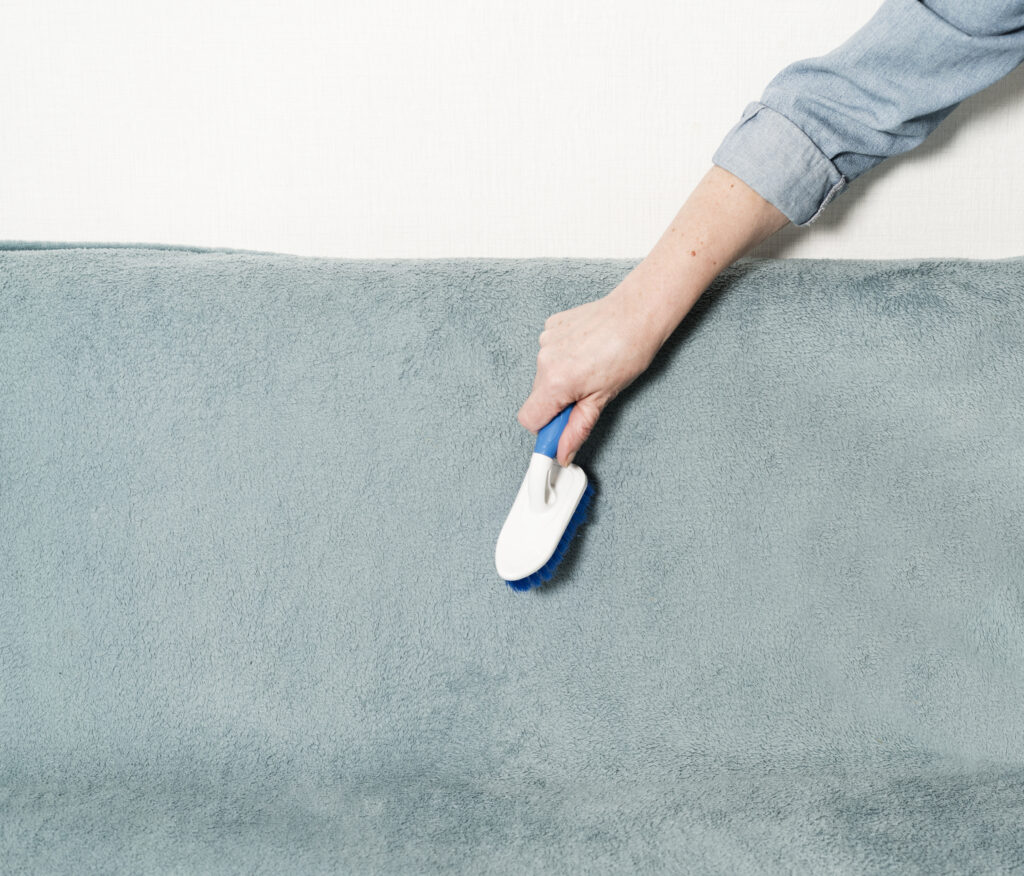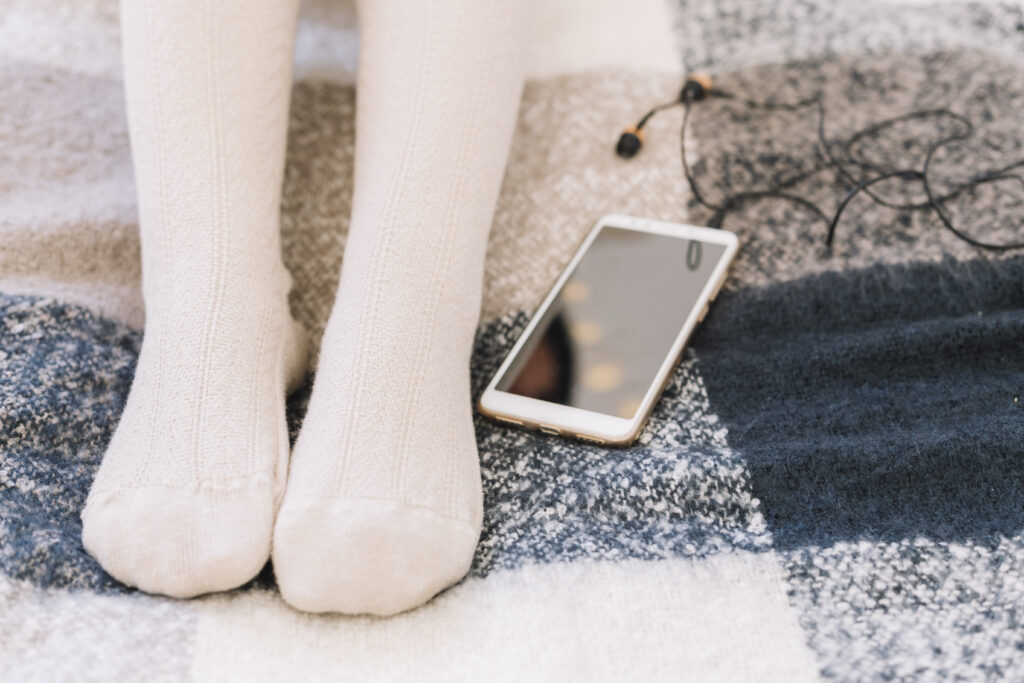
Cleaning carpets can breathe new life into your home, but one of the most common questions homeowners have is, “How long will it take for my carpet to dry?” Understanding drying times is crucial for planning your cleaning schedule and ensuring your space remains comfortable. In this blog, we’ll discuss the factors that influence carpet drying times and provide tips to help you expedite the process.
Factors Affecting Carpet Drying Time

Cleaning Method
The method you choose for cleaning your carpets greatly impacts how long they take to dry:
- Hot Water Extraction (Steam Cleaning): This popular method uses a significant amount of water and typically requires 6 to 12 hours to dry completely. Factors like humidity and airflow can extend this time.
- Dry Cleaning: This method uses minimal moisture and often results in mats drying in just 1 to 2 hours. It’s an excellent option for quick clean-ups.
- Bonnet Cleaning: Commonly used in commercial settings, bonnet cleaning usually takes about 1 to 3 hours to dry, making it a faster option than steam cleaning.
- Encapsulation: Similar to dry cleaning, this method also leads to quicker drying times of about 1 to 2 hours due to its low moisture usage.
Humidity Levels

Humidity plays a significant role in drying times. In high-humidity conditions, mats will take longer to dry because the air is already saturated with moisture, which slows the evaporation process. This means that water can linger on the surface of carpets and rugs, increasing the risk of mold and mildew growth. Conversely, in a low-humidity environment, carpets will typically dry faster as the drier air absorbs moisture more effectively. Factors like airflow and temperature also influence drying times; for instance, warm, breezy conditions can significantly speed up the drying process. It’s essential to monitor humidity levels, especially after cleaning, to ensure carpets dry thoroughly and maintain their integrity. Proper ventilation can further enhance drying, making it crucial to open windows or use fans to circulate air.
Airflow and Ventilation

Proper airflow is crucial for reducing drying time. Improved air circulation can help evaporate moisture more quickly. Opening windows, using fans, or turning on your HVAC system can all facilitate better airflow.
Temperature

Warmer temperatures can help speed up the drying process. If you can increase the temperature in the room, it can promote faster evaporation of moisture. Consider using space heaters or adjusting your thermostat if needed.
Carpet Material

The type of Mat you have also affects drying time. For example:
- Nylon and Polyester: These synthetic fibers generally dry faster.
Wool: Natural fibers like wool can retain moisture longer, leading to extended drying times.
Tips to Speed Up Carpet Drying Time

- Use Fans: Position fans around the room to increase air circulation and help moisture evaporate faster.
- Open Windows: If the weather permits, open windows to allow fresh air to flow through, reducing humidity and speeding up drying.
- Run the HVAC: Using your air conditioning or heating system can help maintain a comfortable temperature and promote quicker drying.
- Avoid Foot Traffic: Keep people and pets off the carpets until they are completely dry to prevent damage and maintain cleanliness.
Blot Excess Moisture: After cleaning, use dry towels to blot up any excess moisture, especially after steam cleaning.
Conclusion

Knowing how long it takes for Mats to dry after cleaning can help you better plan your schedule and maintain a comfortable home environment. While drying times can vary based on the cleaning method, humidity, airflow, and carpet material, taking proactive steps can significantly reduce the wait time .At Carpet Cleaning Glendale, we understand the importance of quick-drying Mats and are here to help with all your cleaning needs. If you have any questions or require professional carpet cleaning services, feel free to reach out. Clean carpet not only enhance the beauty of your home but also contribute to a healthier living space!
